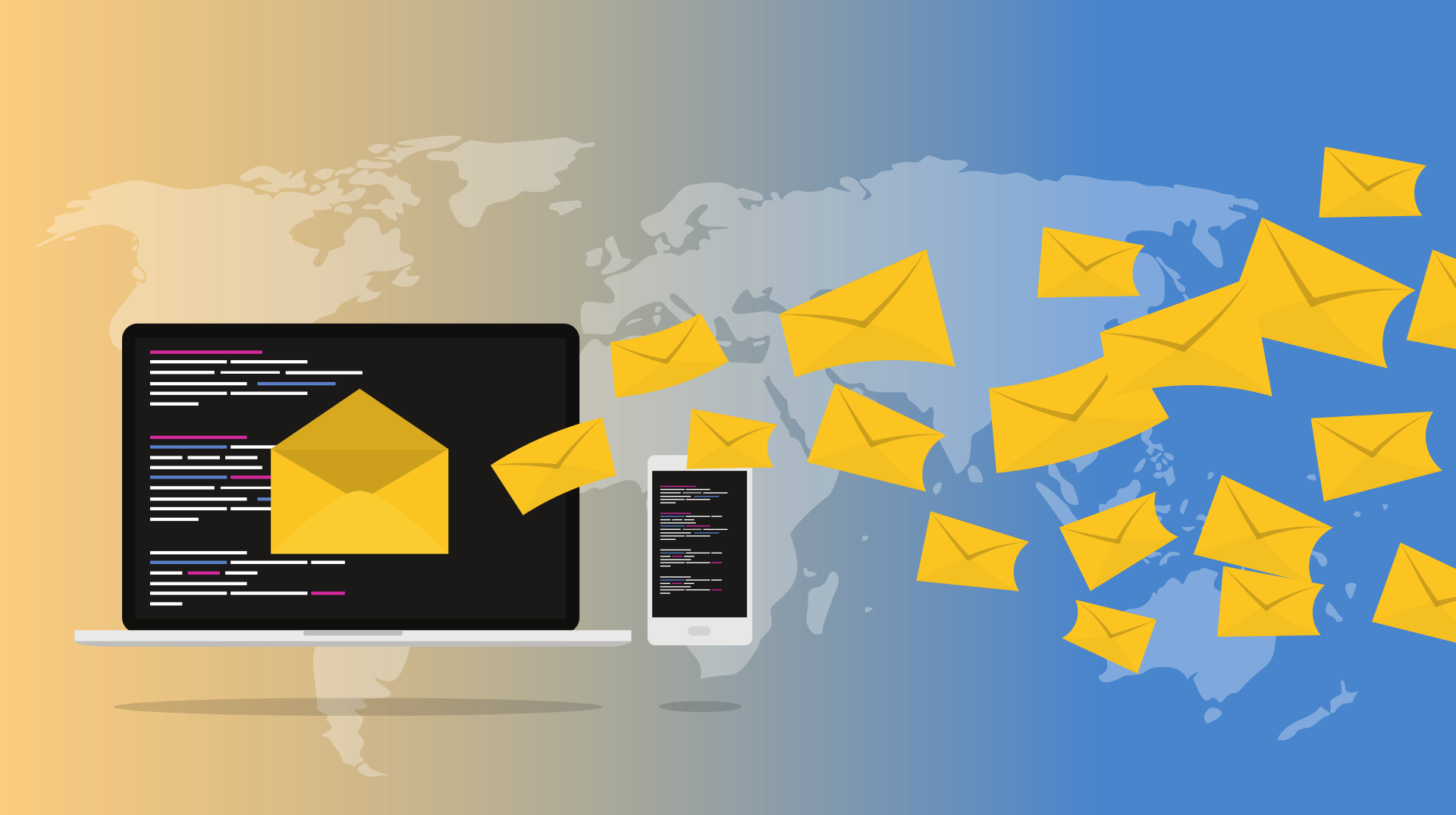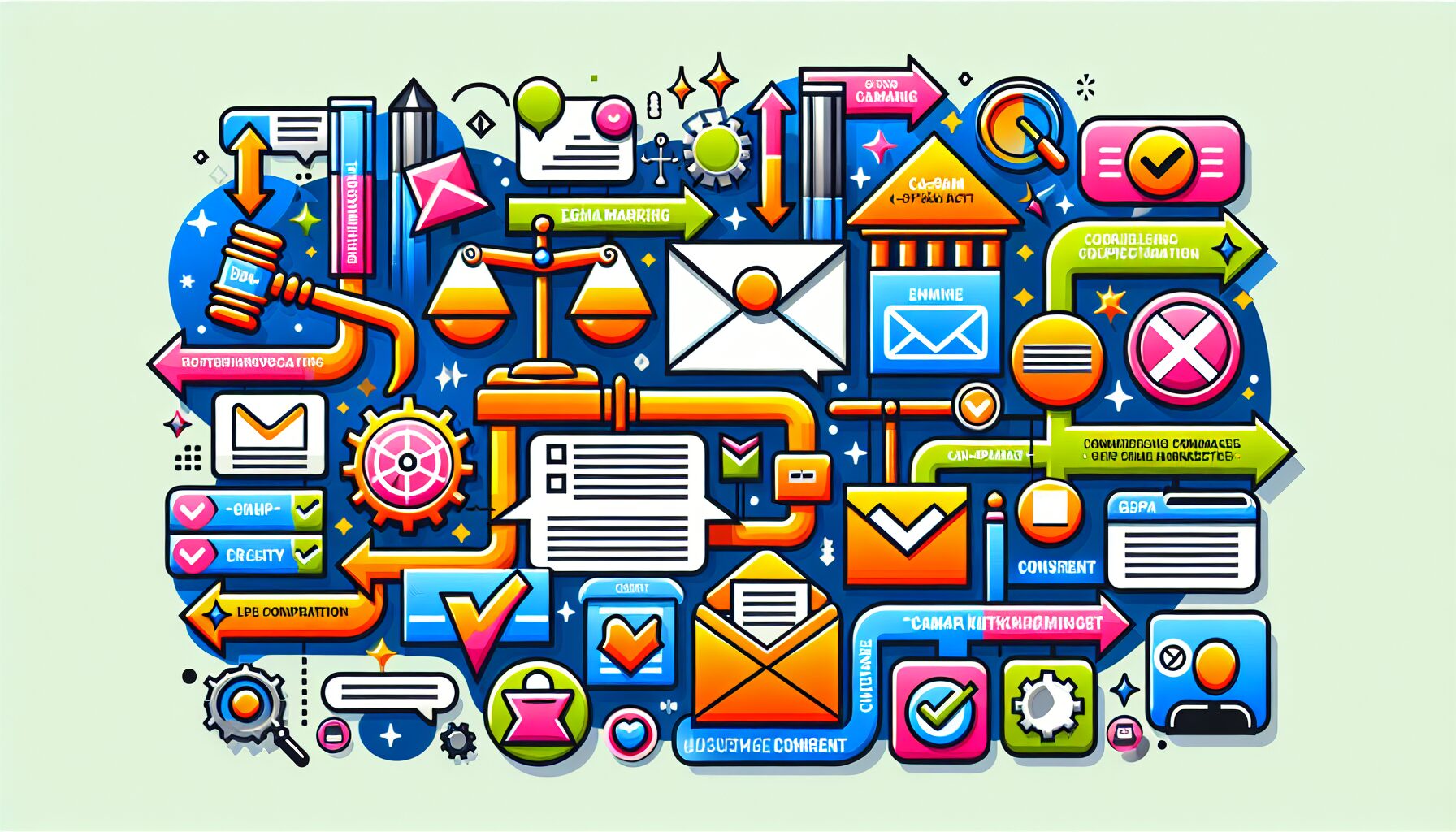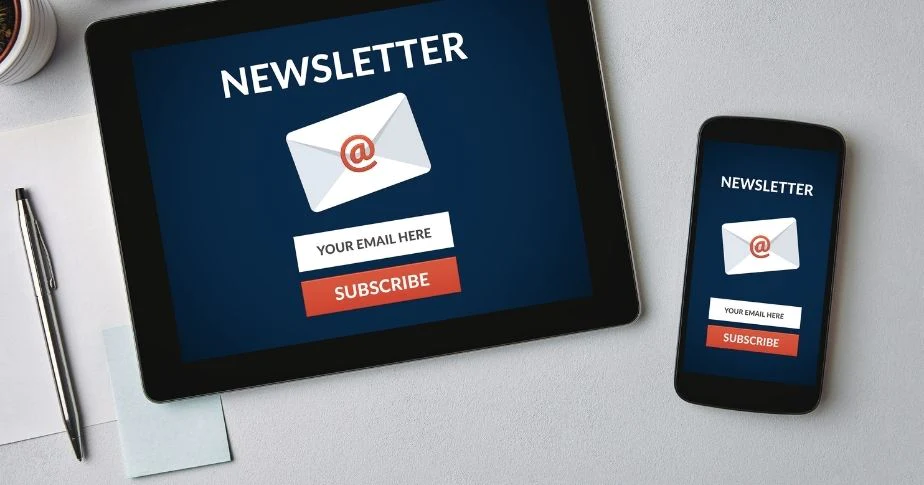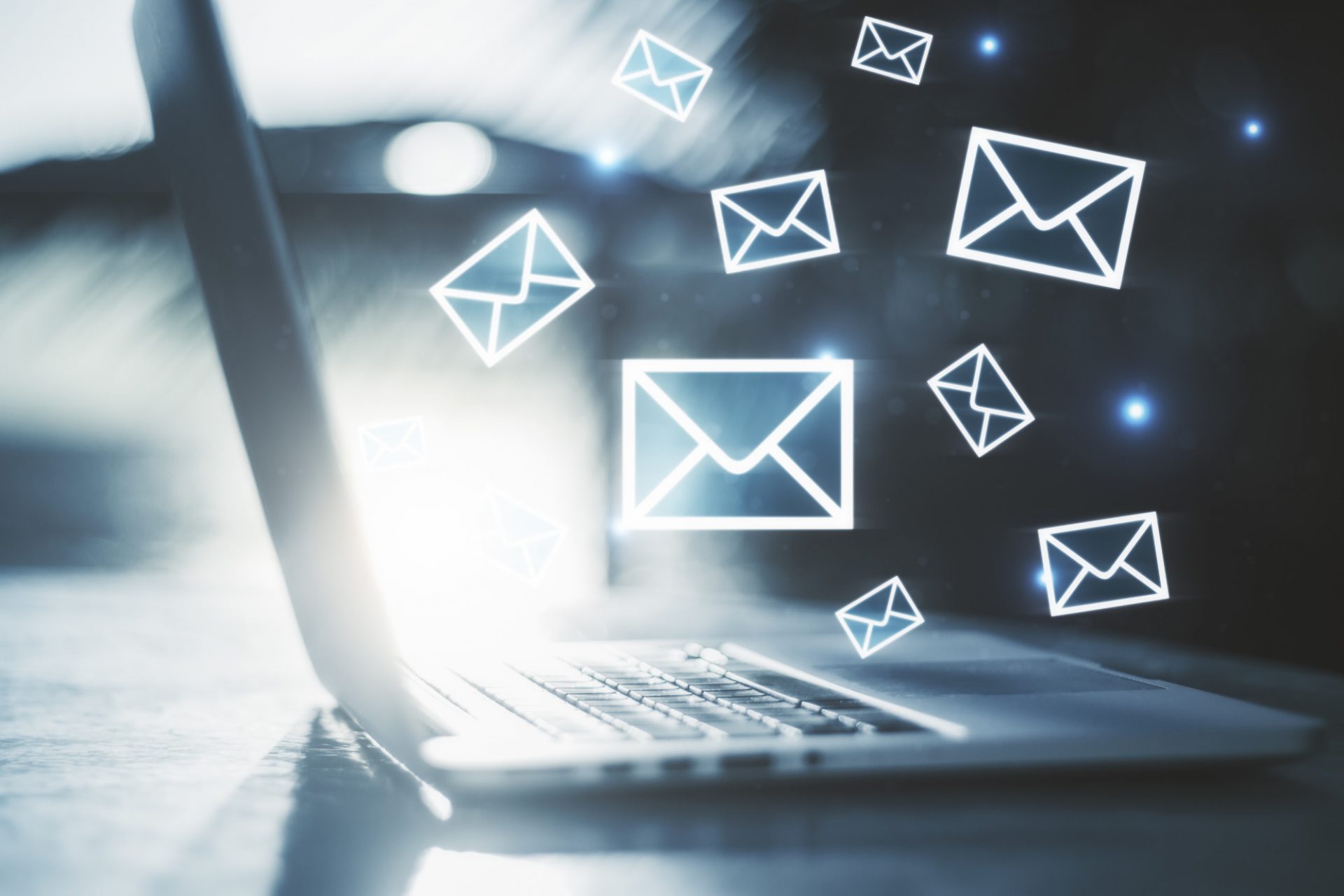
How to Write a Follow-Up Email for Your Campaigns
Does your digital marketing ever make you feel like Wile E. Coyote once he catches the Road Runner?
We spend most of our time simply trying to get customers to sign up for things like email campaigns. But if you want those who sign up to stick around, it’s important to send the right follow-up message.
Wondering how to write a follow up email that will keep customers coming back for more? Keep reading to discover everything you need to know to get started!
Write A Follow Up Email (But Don’t Write “Follow Up”)
It can be very difficult to write a follow up email because some of the best advice may sound a bit contradictory. For example, one thing your follow-up emails should almost never include is the term “follow-up.”
That’s because when a customer receives an email, they are mostly curious about what you can do for them. Our guide will later touch on adding value to your messages, but right now, the most important part is knowing what to avoid.
When a customer sees “follow-up” in an email subject line or body, they think you are mostly focused on what they can do for you. So avoid actually using the term “follow-up” unless you want to drive customers away.
Make A Meaningful Connection
One of the chief functions of email follow ups is to keep your hot leads relatively warm. And if you want to do this well, then your initial follow-up message should try to make a meaningful connection with the customer.
There are different ways to do this. You can include details about personally meeting the person, or maybe details you have gleaned from their public social media accounts. A little flattery can go a long way, and you can spend a few lines talking about how something they said or wrote really inspired you.
The exact way you go about this isn’t as important as simply making the meaningful connection in the first place. This way, the customer doesn’t feel like they are getting emails from a random person or business. Instead, they feel like they are maintaining a relationship with someone they trust.
Include a Strong CTA
One of the more common “rookie mistakes” a business makes when sending out followup emails is that they don’t include a CTA. Oftentimes, this omission is deliberate because they are worried that a CTA will mess with the casual tone of a friendly follow-up message.
However, a CTA is always important in your marketing emails, and this scenario is no different. The only thing you may need to tweak is how you personally define “call to action.”
For example, you don’t need to be pushing a hard sell in these initial messages. But you can include softer requests, including customers visiting your site, replying to your email, filling out a short survey, and so on.
Always Add Value
We touched on this before, but it’s worth diving into in more detail: your customers expect value from their interactions with your company. If you want to enjoy more success with your follow-up emails, then the simplest solution is to add more value to those messages.
One easy way to do this is by including a value statement in your follow-up correspondence. In brief, it’s important to tell customers what you have to offer and how this can help them out. Additionally, it would be good to spare a line or two about the unique value proposition of your own company.
You can add value in other ways, including linking to blogs relevant to customers’ interests and offering them rewards (like coupons or free ebooks on topics like saving money) in exchange for participating in things like online surveys.
When you do this, a customer will understand how you can help them almost right away. And they will be eager to receive future messages because they know that you A) won’t waste their time and B) have practical advice and exciting rewards that can improve their lives.
Frequent Follow-Ups For Unresponsive Customers
Now, the goal of the initial follow-up email is simple. You want customers to open your messages, follow the CTA, and ideally become loyal customers of your particular brand.
However, customers sometimes ignore that initial follow-up. And they may even ignore the next one. At this point, what is the best thing your company can do?
Surprisingly, the answer to that question is “keep sending messages.” Various studies have shown that customers are likely to respond to repeat messages. And even if they have ignored the first couple of messages, they may be very likely to respond to a third or fourth.
With the right email automation, it’s easy enough to set a schedule of repeat messages for unresponsive customers. And while some may never respond, you may be surprised by how a few repeat messages can boost customer retention on your email list.
Use Credible Links
Remember when we said your messages need to contain value? Value doesn’t always come from value statements and free goodies. Sometimes, it comes from the researched information you have to offer.
To really make an impact, you should include relevant statistics from reputable individuals and companies. Whenever you are sharing important info with customers, make sure they know exactly where the info came from.
Ultimately, credible links are part of the “ethos” of any message you send. When customers realize you are getting information from a reliable source, they are much likelier to conclude that you, too, are reliable.
How To Write A Follow Up Email Made Easy
The above tips will help you transform your follow-up messages into something more persuasive. But what if you didn’t have to write a follow up email on your own?
Here at Vertical Response, we are experts in all things related to email marketing. If you’re ready to improve customer retention and boost your bottom line, all you have to do is contact us today!
© 2022, Chris Duncan. All rights reserved.



